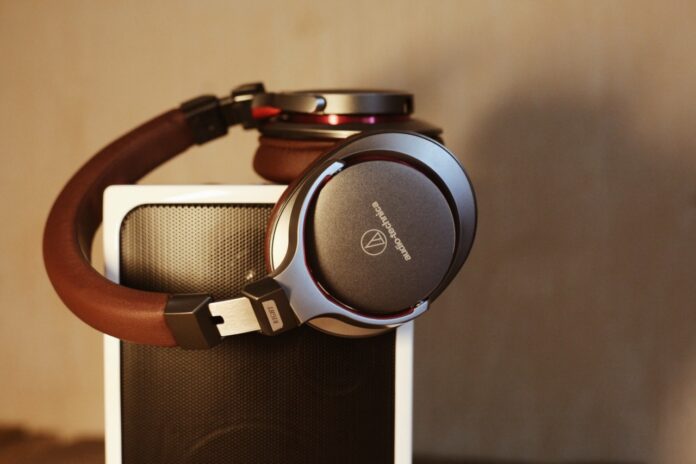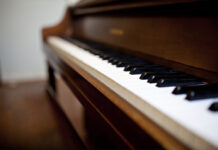Mixing music can be a fun activity and an awesome job, especially for those who like to create and try out new and fun things. However, there has been a lot of talk about mixing music with headphones or studio monitors. Which approach is better? Well, it all comes down to you and your personal preference. Do you enjoy one more than the other? There are both pros and cons to each of these things. Keep on reading and understand what you like and fancy more.
Pros and Cons of Mixing Music with Headphones vs Studio Monitors
Pros of using headphones
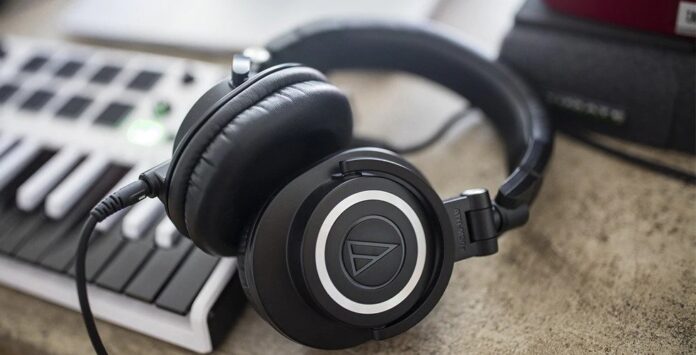
1. They are easily portable
Headphones, unlike studio monitors, are portable. This makes them easy to move around and carry with you from point A to point B. You can take them with you to your new studio and not worry about what you’re going to run into when it comes to someone else’s equipment. These are lightweight and great for long-distance travel, as well as both big and small gigs.
2. Affordable
Headphones are not affordable but are less expensive than studio monitors. Monitors can cost you around $500 and up and beyond, while headphones are half the price. With both of them, you are looking at a challenge of acoustic treatment, monitor stands, as well as high-quality sound. This is why several different factors will come to play, not only the price point but the room that you’re actually recording in. However, why not try and save a bit of cash, especially if you are a rookie?
3. Noise reduction
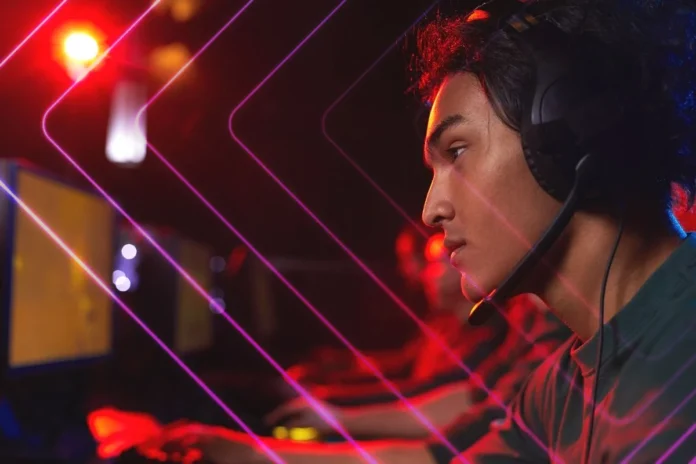
Speaking of high-quality sound, noise reduction is another feature to understand. How bad is the noise in your studio? How good can your equipment tone it down and prevent it from disturbing the masterpiece that you’re creating? If your studio shares a wall with another residence the process can be tricky. This is why headphones, by nature, are personal devices that will get rid of noises and cancel them out.
Cons of using headphones
1. Ear fatigue can set in
Do you usually wear headphones for prolonged periods during your sessions? If so, your ears will get used to the sound, creating fatigue so knowing what you’re actually working on or with will become a challenge. It is also important to take a break every here and there to let your ears rest and reset.
2. Their durability
Without even realizing it or thinking about it, we tend to put a lot of pressure on our headphones by wearing them each and every day. We throw them around, put them on desks, or pack for a trip by storing them in a backpack. By not being gentle you might damage them, having to invest in a new pair more often and sooner than you’d think.
Pros of using studio monitors
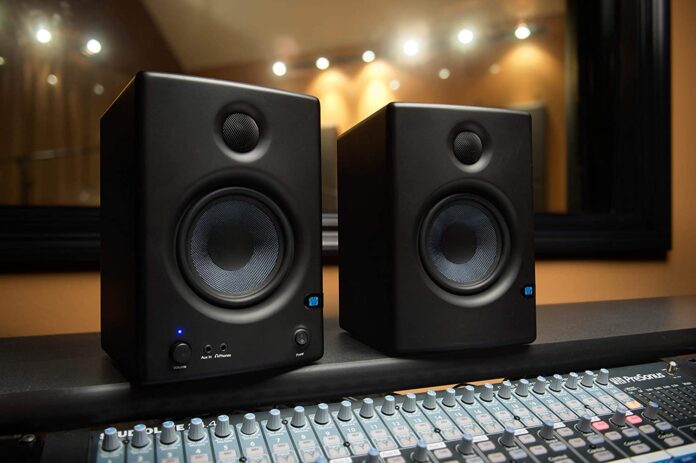
1. Open and more natural sound
Sound waves coming out of studio monitors must travel through the air before they can get to your ears. This is what makes them so good for listening or truly enjoying the music. The crossfeed feature with your monitor is important when panning different instruments and vocals. This is what our ears are naturally good at picking up when it comes to sounds, hence why you might prefer it a bit more than with headphones.
2. Good for any studio
Because they are relatively small (some of them are), near-field monitors are a good option for any studio. You can use them in both big or small rooms and they will perform just as well, leaving you with a professional outlook and sound. There is a huge range of studio monitors on the market that you can fully adjust per your studio size and the type of music that you plan on working on.
3. Monitoring levels
It is so easy and can come so naturally for us to slowly nudge the volume of our monitors up during long mix sessions. As previously mentioned, loud and long periods of mixing can create numbness and fatigue in our ears. That is why for a lot of artists smaller studio monitors might seem like the best solution. Perfect for sensible levels and they are easy to monitor.
Cons of using studio monitors
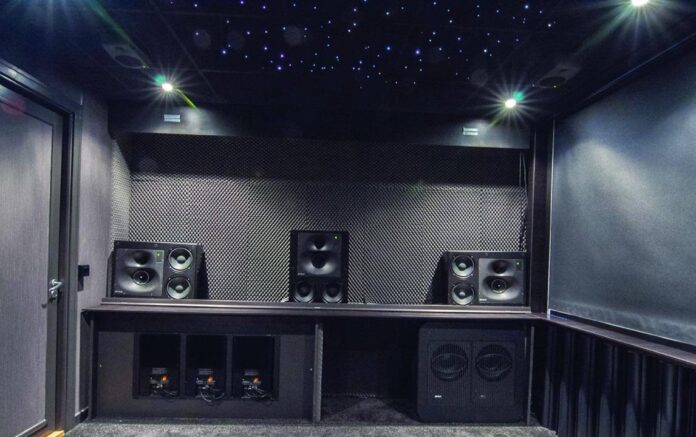
1. A professional acoustic treatment
The fact that they aren’t backpack-friendly means that you will have to think twice about bringing them with you everywhere you go. This can be a hassle, but also not a great guarantee that the sound is going to bounce off back just as good as it does in your home or your studio. Early reflections bouncing back to you from the wall behind the studio monitors can color the overall sound. Let’s not forget to mention that you shouldn’t carry around your high-end equipment just to every gig. It is always better to be safe than sorry.
2. The ”sweet spot”
The sweet spot is important to find. It is a spot between a set of monitors and is your optimal spot for mixing and listening to music. Doing this process in your studio can be easy as long as it is just you, but what happens when new clients arrive? Finding that sweet spot for them will not be possible, so you will have to make cuts and compromises. Small drivers in small studio monitors don’t always provide the largest sweet spot.
Need help with your music?
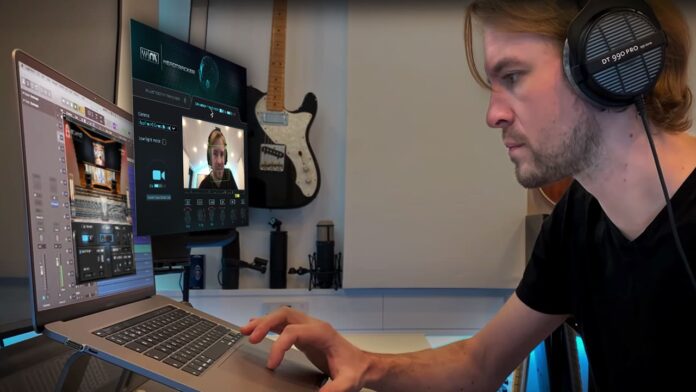
Are you intrigued and want to become a proper DJ, wanting to mix some of the coolest sounds? However, you might struggle and not know where to begin, or you might not have the best common knowledge on the topic of music?! If so, with a bit of help at ericsardinas.com every upcoming artist will learn a fair share of tips and tricks. They do articles on music, guitars, review different kinds of speakers and headphones, the list just goes on! Give them a click and see for yourself.
